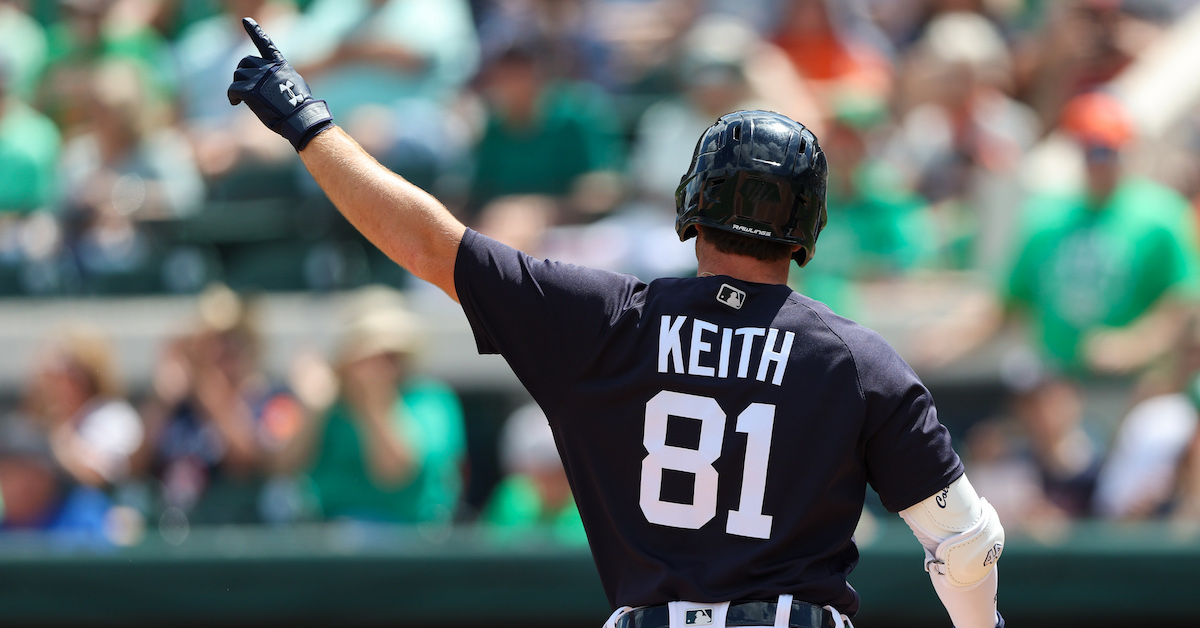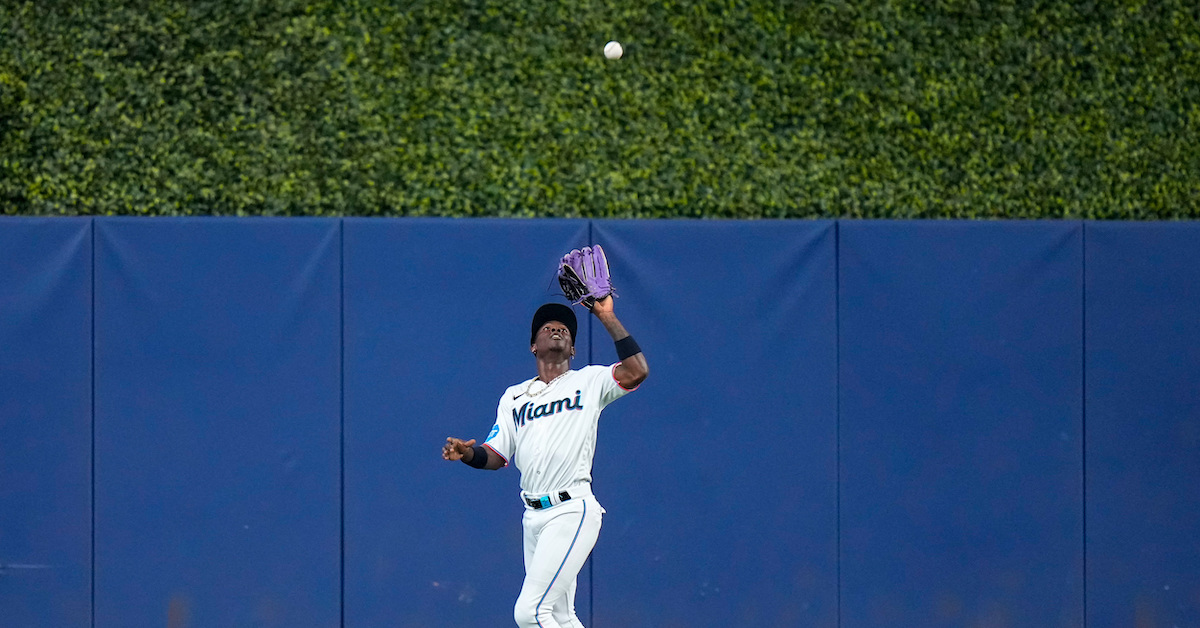Juan Soto Is Finally a Bright Spot for the Padres

Players the caliber of Juan Soto are rarely available via trade, so when the Padres acquired him via trade last summer from the drowning Nationals, it made a huge splash on the level of dropping a Sherman tank into your neighborhood swimming hole. But rather than continue his previous level of superstardom, he struggled to meet expectations in San Diego. His .236/.388/.390 line was still enough for a solid wRC+ of 130, but relative to his normal level of excellence, it’s hard to call that line anything but a disappointment.
Soto’s start in 2023, though, pales even next to his post-trade performance last year. April 17 may be the nadir of his career in San Diego: the Padres were shut out for the second game in a row, and he put up his fifth consecutive hitless game, leaving him with a triple-slash of .164/.346/.361. For the calendar year ending on that day, he was hitting .230/.391/.435 and had compiled 3.5 WAR — good enough for mere mortals, but not entities made of sterner stuff.
Around this time, Harold Reynolds talked a bit on MLB Network about Soto’s swing and the changes he was making. While I’ve criticized Reynolds plenty for his general analysis when it crosses into the jurisdiction of analytics, I bookmarked this video at the time, as the analysis rang true to me. He believed that Soto’s tinkering would pay dividends, and whether it’s a coincidence or not, he’s looked a lot more like the Soto we love over the last month. In 23 games since then and through Sunday’s action, he hit .321/.447/.571 and amassed 1.2 WAR, the kind of MVP-level production we’ve expected to see from him in mustard and brown and largely have not. Read the rest of this entry »








